
Introduction
Sigma’s Series I lenses are a lovechild of their engineering department. These aren’t your typical high-spec prime lenses. Instead, they focus on providing a more classic “feel” combined with very compact dimensions.
It has been a while since we last reviewed one of them, but let’s restart this journey with the Sigma 90mm f/2.8 DN DG Contemporary | Series I. On paper, such a lens doesn’t seem overly interesting at first glance. f/2.8 is rather slow for a medium tele lens, which typically starts at f/1.8 unless we are talking about pro glass.
The lens isn’t even overly cheap at USD 649 or 639 EUR. So where does it shine exactly, then?

As mentioned, Series I lenses aren’t about sheer specs. They are, however, about build quality. If you’ve ever used a lens from the 1970s, they tend to have a brick-like build quality. And the 90mm f/2.8 gives you exactly this without the weight. The lens barrel is made of solid metal. It just screams “quality,” and this continues with a silky smooth, dampened focus ring, a metal aperture ring and a metal lens hood. Sigma has even thrown in a magnetic lens cap (alongside a plastic one). The comparatively slow speed also makes it possible to maintain a rather tiny size of φ64×61.7mm and a weight of just under 300g. As such, it is a perfect match for small mirrorless cameras. It also uses an internal focusing mechanism, so there is no change in length when changing the focus. The design has one hiccup, though – the weather sealing is limited to a mount gasket, but it’s better than nothing.
The AF system relies on a noiseless stepping motor, which is quite quick – after all, it doesn’t have to move many heavy elements. Manual focusing is by-wire. There’s no built-in image stabilization, so you have to rely on the camera for this one.
| Specifications | |
|---|---|
| Optical construction | 11 elements in 10 groups (4x SLD, 1x hybrid) |
| Number of aperture blades | 9 (rounded) |
| min. focus distance | 0.5m (max magnification: 1:5) |
| Dimensions | φ64×61.7mm |
| Weight | 295g |
| Filter size | φ55mm |
| Hood | barrel-shaped (metal, bayonet mount, supplied) |
| Available Mounts | L-mount, Sony FE |
| Other features | Magnetic metal lens cap, aperture ring |
Distortions
Sigma may propagate a classic feel for their Series I lenses, but they are still modern under the hood.
These days, this means that optical design doesn’t fully correct image distortions anymore. Consequently, the RAW image distortion is rather high at 2.8% (pincushion-type). Of course, digital auto-correction will fix this, so it’s not overly concerning as far as the end result is concerned.
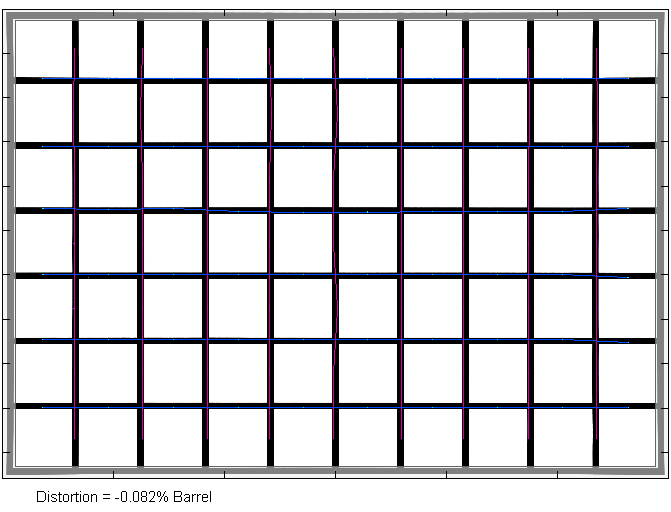
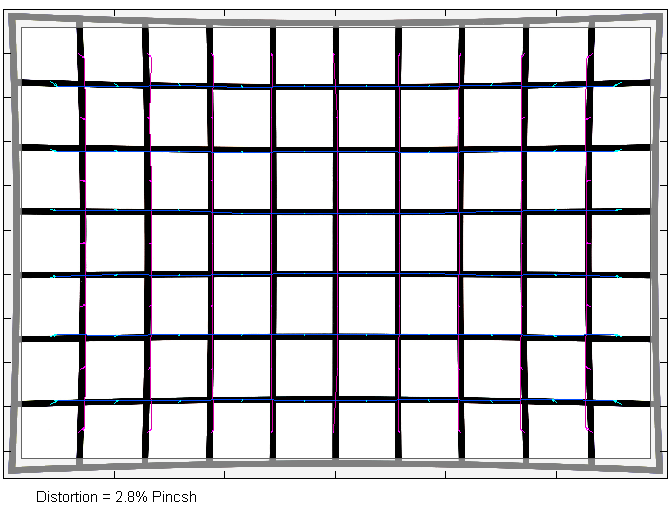
Vignetting
The RAW vignetting is also rather pronounced at f/2.8, with a light falloff of 2.4 EV (f-stops). Stopping down to f/4 substantially reduces this. However, traces are still visible at f/8. Once again, auto-correction will come to the rescue. It doesn’t eliminate the vignetting completely, though. At f/2.8, it’s still just beyond the 1EV mark, so this can be visible in critical scenes. From f/4, the issue is mostly resolved.

MTF (resolution) at 42 megapixels
The Sigma 90mm f/2.8 DN DG has an impressive image resolution characteristic – as you can expect from a moderately fast tele lens. The broader center quality is already excellent at f/2.8 and the outer image field is easily on very good level. Stopping down to f/4 lifts the quality slightly, with a tad more resolution across the image field. Marginal diffraction effects are set at f/8 with a slightly higher impact at f/11. f/16 and smaller (not shown) should be avoided as usual.
The focus plane is perfectly flat. The centering quality of the tested sample was good.
Please note that the MTF results are not directly comparable across the different systems!
Below is a simplified summary of the formal findings. The chart shows line widths per picture height (LW/PH) which can be taken as a measure of sharpness. If you want to know more about the MTF50 figures, you may check out the corresponding Imatest Explanations.

Chromatic Aberrations (CAs)
The Sigma lens has a bunch of SLD elements in its design so it doesn’t come as a surprise that lateral CAs are low. They hover around the 0.5px mark at the image borders for most of the aperture range. They rise slightly to 0.8px at f/11, but that’s still quite moderate. Image auto-correction has an easy play with correcting this.

Bokeh
The 90mm f/2.8 isn’t overly fast for a medium telelens. However, shallow depth-of-field images will still be its primary purpose, so let’s look at the bokeh.
Out-of-focus highlights are very nicely rendered at f/2.8. As you can see below, the inner zone of the discs is very smooth, with marginal outlining. Stopping down to f/4 maintains the circular shape. Interestingly, the outlining gets more emphasized. A trend that increases a bit at f/5.6.

The highlight discs deteriorate towards the borders/corners – a mechanical vignetting effect. The corner highlights are even a bit edgy. As usual, stopping down to f/4 broadens the zone of near-perfect circular discs, but the corner discs aren’t fully restored until f/5.6.
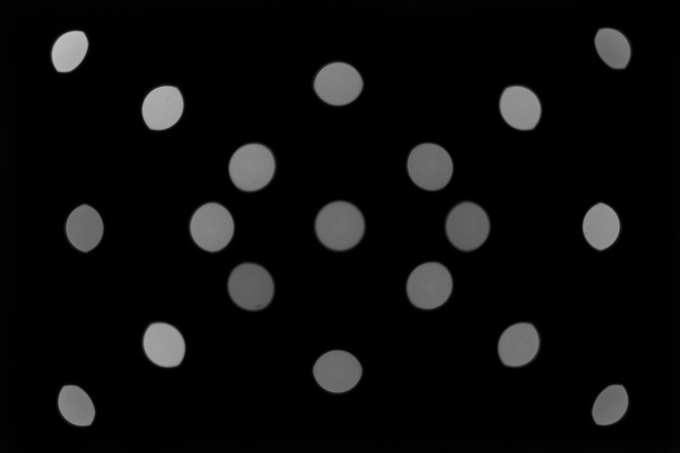
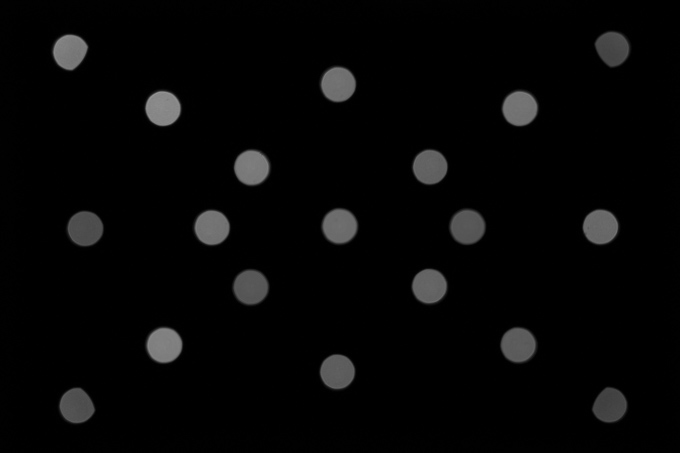
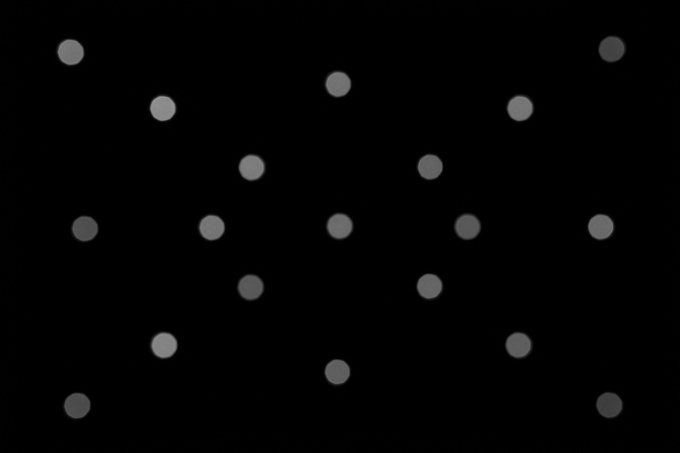
The quality of the general blur in the focus transition zone is superb in the image background (shown to the left below). The less important foreground blur isn’t as good with more “shadowy” contrast edges.

Bokeh Fringing / LoCA
Boheh fringing/LoCA is an axial color fringing effect with purplish halos in front of the focus point and greenish beyond. Obviously, the Sigma 90mm f/2.8 DG DN isn’t immune to these image defects. They are quite pronounced at f/2.8, although stopping down to f/4 will resolve most of the issue already, and they are gone at f/5.6.

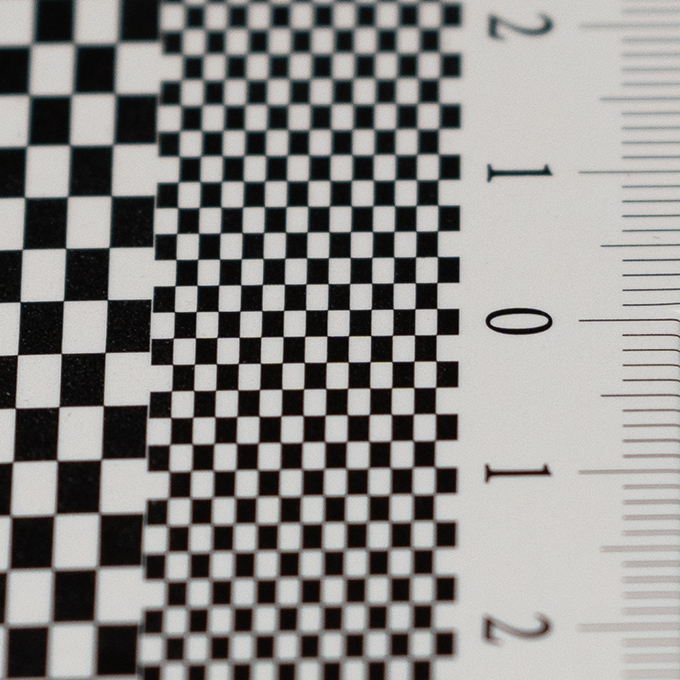

Sample Images
Competition
The Sigma 90mm f/2.8 DG DN Contemporary (shown to the left below WITH attached lens hood) has probably 2 major competitors. The most obvious one is the Sony E 85mm f/1.8. The Sony lens is a superb performer. It’s extremely sharp and the bokeh is buttery smooth. In terms of sheer value, it’s one of our all-time favorites in the Sony lineup. However, it’s a bigger lens and can’t match the Sigma regarding build quality. A bit closer conceptually is the Samyang AF 75mm f/1.8 E. We haven’t tested this one yet. It is obviously somewhat shorter in terms of focal length but still more than an f-stop faster while matching the Sigma lens in size. It’s even more lightweight. However, you can expect it to be more flimsy in terms of build quality. That said, Samyang offers a more substantial version of this lens as the Samyang V-AF 75mm T1.8. It’s a CINE lens yet still offers autofocus (atypical for CINE lenses). The V-AF version is still a bit more affordable than the Sigma, so if you want a faster lens that is as compact, it may be worth a look.

The Sigma 90mm f/2.8 DG DN Contemporary produced impressive results during our time with this lens - although it has a few downsides. Image sharpness isn't one of them, though. The lens is plenty sharp, even at f/2.8. Stopping down isn't necessary and there's only a marginal improvement at f/4. We'd even state that images can exhibit the some "3D pop".
RAW image distortions are a bit high for such a prime lens as is the RAW vignetting. Image auto-correction will hide these issues, though. Lateral CAs are on the low side. This can't be said about axial CAs, though. In critical scenes, it produces a lot of colour fringing at f/2.8. Stopping down to f/4 does make quite a difference already, though. The quality of the bokeh is excellent again. Out-of-focus highlights are nicely rendered, and the background blur is exceptionally smooth.
Image quality is one thing. However, the aspect where Sigma lens tried to make a difference is build quality. The metal lens body just feels awesome.The focus ring handles about as good as it gets with its smooth and dampened action. The aperture ring also avoids the plasticy feeling that we've often seen on other lenses. The weather sealing is rather basic, though. The AF does rely on a stepping motor, which is a bit old school. However, it does the job silently and is pretty fast, so there's nothing wrong with it.
If build quality is of lesser concern, then the Sigma lens is probably not for you. Other lenses are just as good optically but faster. However, none of the others can give you the look and feel - and joy - of a classic lens while still offering all the aspects of a modern lens.
-
Optical Quality
-
Build Quality
-
Price / Performance

